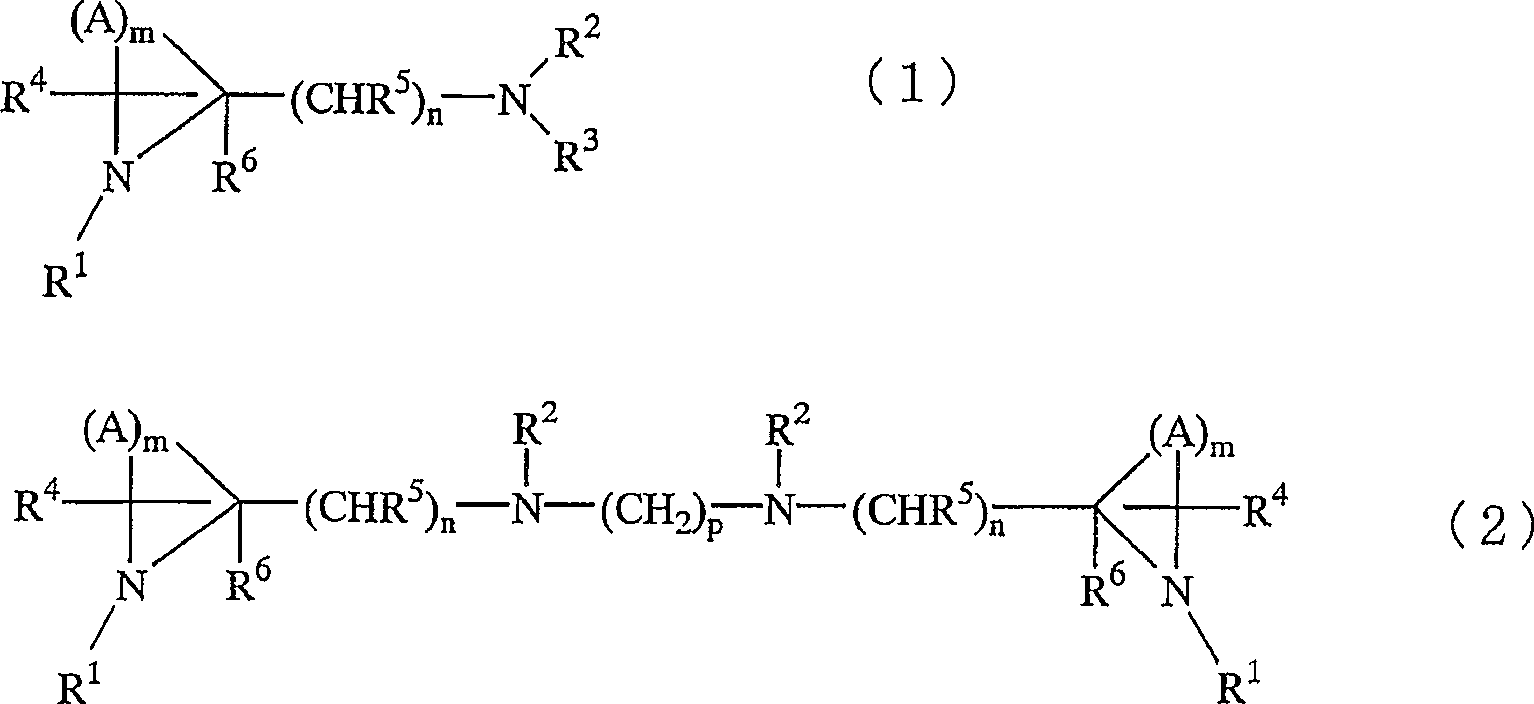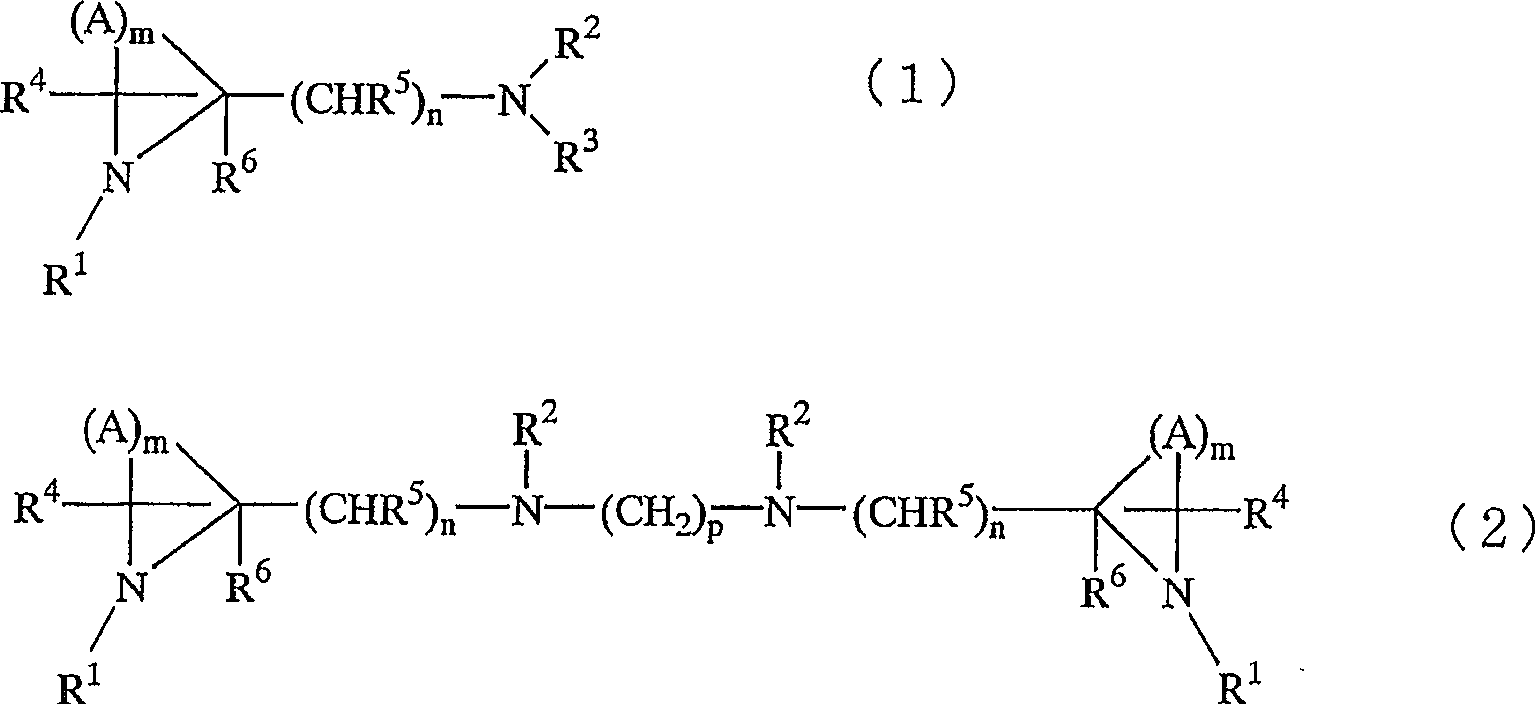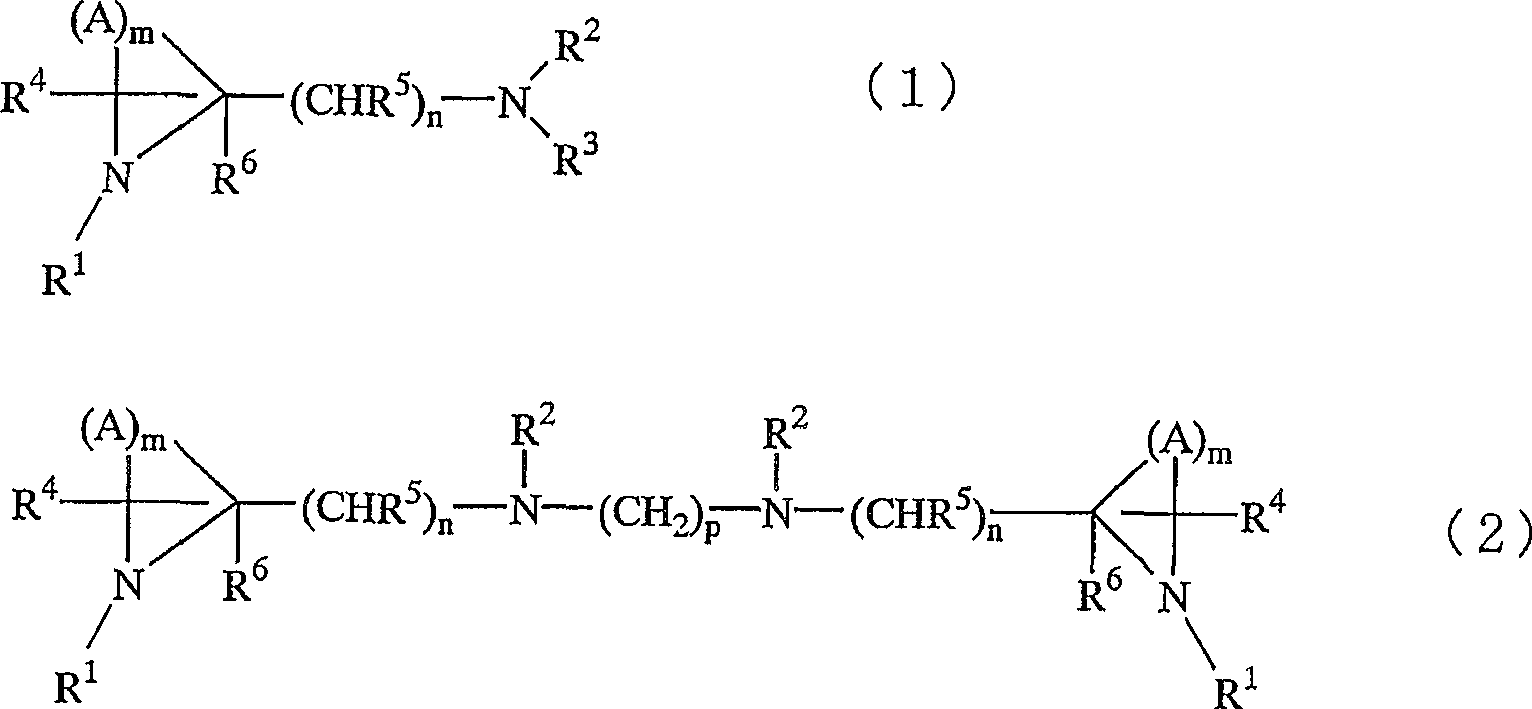Hair dye composition
A composition and hair dye technology, applied in hair care, cosmetics, etc., can solve the problems of lack of performance
- Summary
- Abstract
- Description
- Claims
- Application Information
AI Technical Summary
Problems solved by technology
Method used
Image
Examples
Embodiment 1~9 and comparative example 1~2
[0160] The oxidative hair decoloring agents shown in Table 2 were prepared according to a conventional method.
[0161]
[0162] After mixing 1.5 parts by weight of the second part with 1 part by weight of the first part, apply to Japanese black hair (a small amount of 1 gram) at 30°C, and wash it with a normal shampoo after 30 minutes of action time. Shampoo and dry. The color tone of the obtained decolorized hair was measured using a color difference meter manufactured by Minolta Corporation, and the color tone change from untreated hair was determined. As a result, the decolorization property of any hair in Examples 1-9 was favorable compared with the comparative example 1, and it was equivalent to the comparative example 2. On the other hand, in terms of hair touch, the decolorized hair of Comparative Example 2 felt relatively strong damage, while any of the hair in Examples 1 to 9 felt only weak damage to the extent of Comparative Example 1.
Embodiment 10~14 and comparative example 3~4
[0164] The oxidative hair decoloring agents shown in Table 3 were prepared according to a conventional method.
[0165]
[0166] In the same manner as in Examples 1 to 9, decolorization, washing and drying were carried out, and the color tone of the obtained decolorized hair was measured, and the change in color tone from untreated hair was determined. As a result, the decolorization property of any hair in Examples 10-14 was favorable compared with the comparative example 3, and it was equivalent to the comparative example 4. On the other hand, in terms of hair touch, the decolorized hair of Comparative Example 4 felt relatively strong damage, while any of the hair in Examples 10 to 14 felt only weak damage of the level of Comparative Example 3.
Embodiment 15~24
[0168] The oxidative hair decoloring agents shown in Table 4 and Table 5 were prepared according to a conventional method.
[0169] Table 4
[0170]
[0171] a): Amount to make the pH value reach 9.8 b): Amount to make the pH value reach 3.5
[0172] table 5
[0173]
[0174] a): Amount to make the pH value reach 9.8 b): Amount to make the pH value reach 3.5
[0175] Except for using 1 part by weight of the second component to 1 part by weight of the first component, the others are the same as in Examples 1 to 9, decolorized, washed and dried, and measure the hue of the decolorized hair obtained, and obtain the color tone of the obtained decolorized hair, and obtain the difference with that of the untreated hair. of color changes. As a result, the decolorization of any hair in Examples 20 to 24 was significantly higher than that of any of the compounds (1-2), (1-3), (1-4), and (2-1) without addition. it is good.
PUM
 Login to View More
Login to View More Abstract
Description
Claims
Application Information
 Login to View More
Login to View More - R&D
- Intellectual Property
- Life Sciences
- Materials
- Tech Scout
- Unparalleled Data Quality
- Higher Quality Content
- 60% Fewer Hallucinations
Browse by: Latest US Patents, China's latest patents, Technical Efficacy Thesaurus, Application Domain, Technology Topic, Popular Technical Reports.
© 2025 PatSnap. All rights reserved.Legal|Privacy policy|Modern Slavery Act Transparency Statement|Sitemap|About US| Contact US: help@patsnap.com



